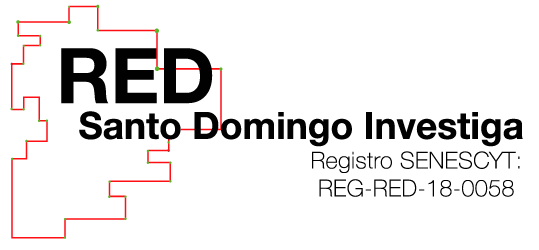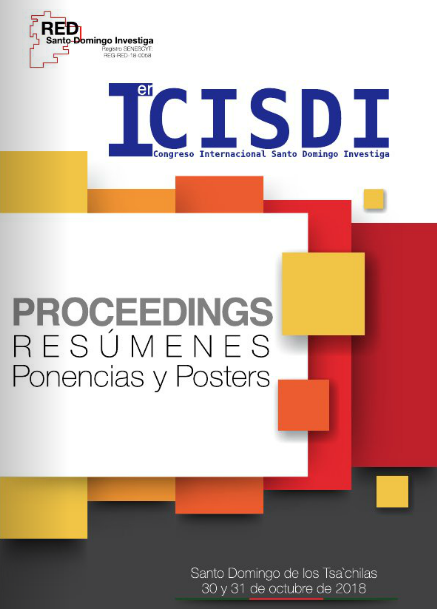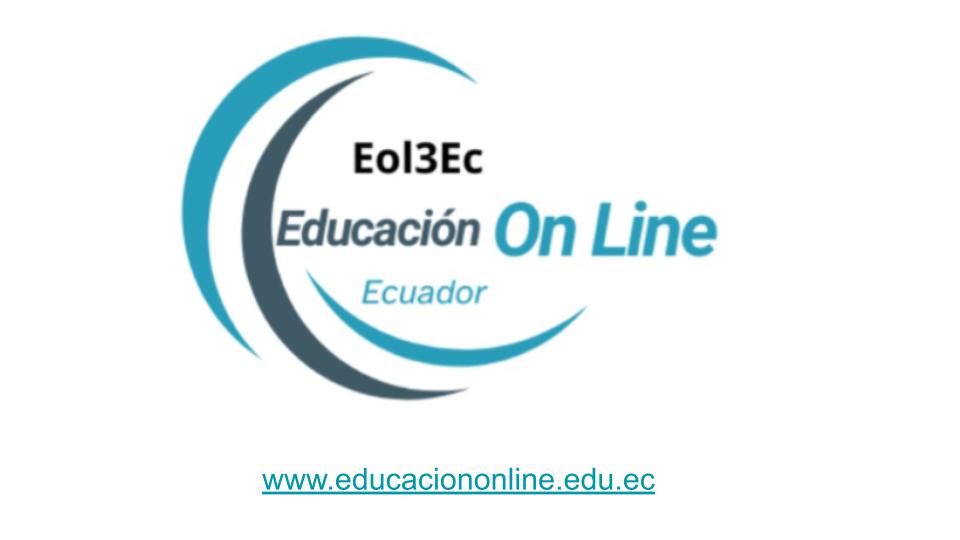La importancia de la comunicación conductual efectiva en el Aula
The importance of behavioral comunication in the Classroom
Verónica Vaneza Peñaherrera Garzón
Instituto Superior Tecnológico “Vicente León”
Esta dirección de correo electrónico está protegida contra spambots. Necesita activar JavaScript para visualizarla.
Verónica Maribel Medina Ayala
Instituto Superior Tecnológico “Vicente León”
Esta dirección de correo electrónico está protegida contra spambots. Necesita activar JavaScript para visualizarla.
RESUMEN
El presente trabajo se enfoca en el proceso de la comunicación dentro del aula, basado en la percepción y el comportamiento, de docentes y estudiantes del Instituto Tecnológico Superior Vicente León. Para este efecto, se observaron las formas de comunicación tanto verbal y no verbal, con el fin de establecer la relación empática entre ellos. En este contexto, los docentes enfrentan problemas comunicacionales y el reto es lograr que exista una comunicación conductual, basado en la asertividad y la retroalimentación implementado técnicas de estudio que contribuyan a que el estudiante, comprenda de mejor manera y se refleje a través de la participación activa en el aula. Es importante recalcar que no es suficiente aconsejar o dar sugerencias de una adecuada comunicación, si bien es cierto, el docente cumple muchas funciones pedagógicas, imparte conocimientos teóricos-prácticos, planifica, ejecuta y evalúa el proceso de enseñanza-aprendizajes, sin embargo en muchas ocasiones cumple con el papel de mediador, consejero, amigo y tiene bajo su responsabilidad la ardua tarea de generar un proceso de comunicación eficaz y efectivo que sea permanente y que sea parte de la conducta de los estudiantes más no temporal. Por ello es fundamental que el desempeño del docente, en gran medida, dependa del manejo de habilidades de comunicación, sociales, de control, autocontrol para la trasmisión de información y la recepción de mensajes de todos los receptores de una forma clara y oportuna logrando el fin primordial de la comunicación, educar e informar. Para obtener los resultados se apoyó en la clasificación de Bernal (Bernal, 2006) sobre los tipos de investigación, este estudio está basado en la investigación etnográfica pues se buscó investigar las relaciones interpersonales que existe entre el docente y el estudiante dentro del aula de clases, además se aplicó el método cualitativo con entrevistas a expertos en psicología educativa con el propósito de describir los rasgos comportamentales del objeto de estudio y el método cuantitativo, utilizando la técnica de la encuesta para recolectar los datos para la tabulación de los mismos. La muestra poblacional la conformaron docentes y estudiantes de la carrera de Administración Financiera y Marketing. Finalmente con este estudio se pretende elaborar una guía en la que se busca incentivar a docentes y estudiantes a nuevas prácticas de comunicación conductual dentro del aula.
PALABRAS CLAVES: Comunicación, asertividad, retroalimentación, comunicación conductual
ABSTRACT
The present work is focused in the comunication process inside the classroom, based in the perception and behavior of teachers and students of the Superior Technological Institute Vicente Leon. For this efect, the verbal and non verbal forms were observed in order to stablish the emphatic relation between them. In this context, teachers face comunicational problems and the challenge is to achieve the existence of behavioral comunication based in asertiveness and feedback implementing study techniques that contribute in a better understanding in students and reflects through the active participation in the classroom. It is important to emphasize that it is not enough to advise or give suggestions of adequate communication, although it is true, the teacher fulfills many pedagogical functions, imparts theoretical-practical knowledge, plans, executes and evaluates the teaching-learning process, however in many Sometimes it fulfills the role of mediator, counselor, friend and has under its responsibility the arduous task of generating an effective and effective communication process that is permanent and that is part of the behavior of the students but not temporary. Therefore, it is essential that teacher performance depends, to a large extent, on the management of communication, social, control, self-control skills for the transmission of information and the reception of messages from all recipients in a clear and timely manner, achieving primary purpose of communication, educate and report .To obtain the results, it was based on the classification of Bernal (Bernal, 2006) on the types of research, this study is based on ethnographic research because it sought to investigate the interpersonal relationships that exist between the teacher and the student in the classroom In addition, the qualitative method was applied with interviews to experts in educational psychology with the purpose of describing the behavioral features of the object of study and the quantitative method, using the survey technique to collect the data for their tabulation. The population sample was made up of teachers and students of the Financial Administration and Marketing career. Finally, this study aims to develop a guide that seeks to encourage teachers and students to new practices of behavioral communication in the classroom. To obtain the results, the quantitave method was applied, using the survey technique and qualitative in the theoretical structure, the population sample was formed by teachers and students from the Financial and Marketing Administration career. Finally, with this study, it is expected to develop a guide that will aim to encourage students and teachers towards new behavioral comunication practices inside the classroom.
Key Words: Comunication, assertiveness, feedback, behavioral comunication

















